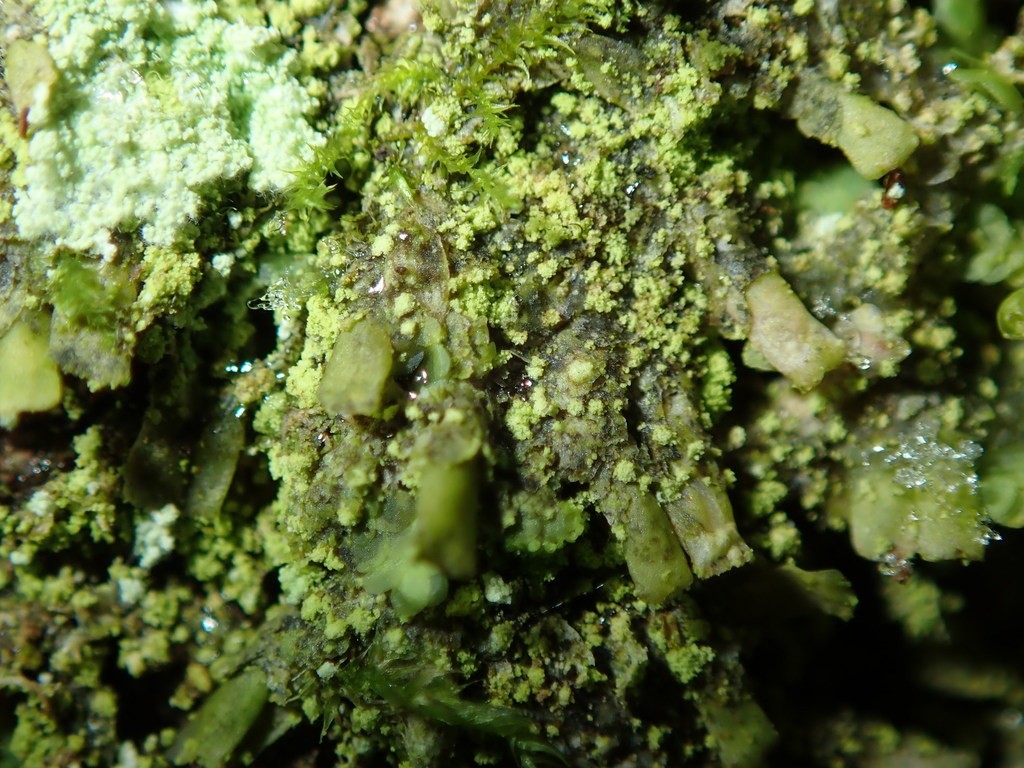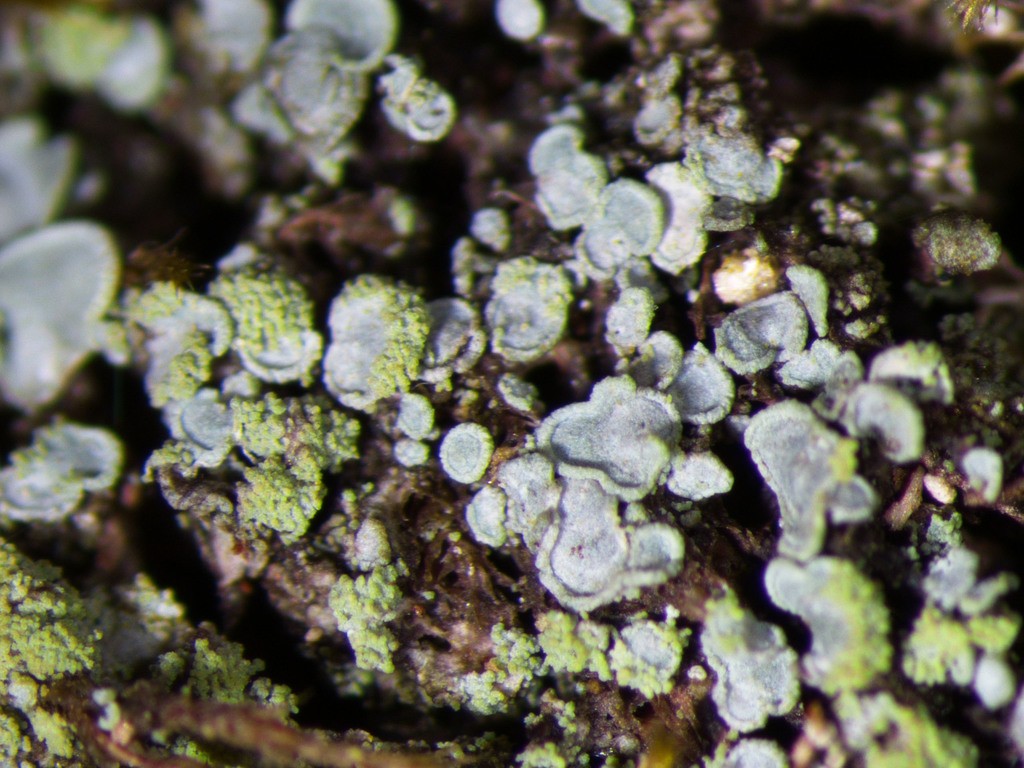Clam lichen
Scientific name: Normandina
Clam lichen
Scientific name: Normandina
 Photo By Jurga Motiejūnaitė , used under CC-BY-NC /Cropped and compressed from original
Photo By Jurga Motiejūnaitė , used under CC-BY-NC /Cropped and compressed from original Description
Clam lichen is a fascinating lichen known for its bright green color and its unusual shape that resembles tiny clam shells. It often grows on tree bark and can survive in both very wet and dry conditions. This lichen has a symbiotic relationship with algae, allowing it to produce its own food through photosynthesis. Clam lichen plays an important role in the ecosystem by helping to break down organic matter and improving soil health.
Species of Clam lichen
Scientific Classification
Phylum
Sac fungi Class
Dothideomycetes Order
Superstratomycetales Family
Superstratomycetaceae Genus
Clam lichen 